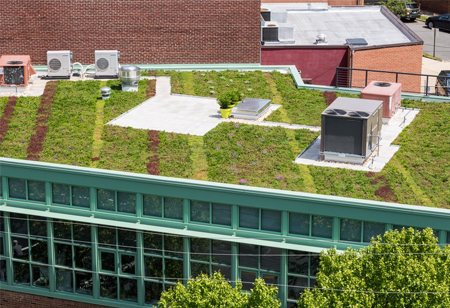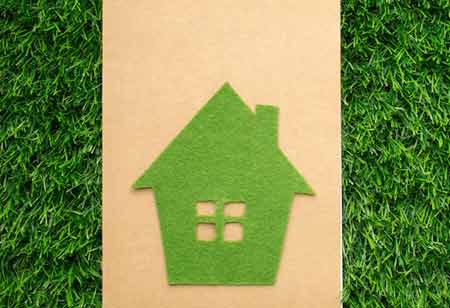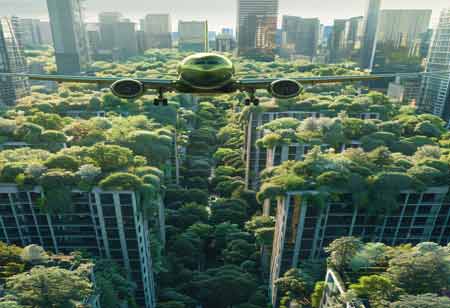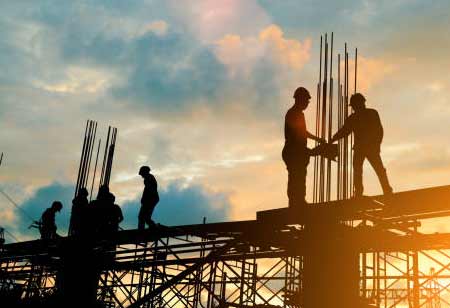Thank you for Subscribing to Construction Business Review Weekly Brief
Specials
- Apartment and Condominium Contractors Canada
- Decking Canada
- Architectural Glass Europe
- MEP APAC
- Construction Saudi Arabia
- German Apartment and Condominium Contractors
- Construction Law APAC
- Outdoor Construction
- Foundation Construction Canada
- MEP Canada
- Kitchen and Bath
- Cold Storage Construction APAC
- Precast Concrete Europe
- Construction Staffing Europe
- Pre-Construction Services
- Flooring System APAC
- Scaffolding Canada
- Swimming Pool Construction Canada
- Construction Management Canada
- Cold Storage Construction Canada
- Flooring Systems Europe
- Residential Construction
- Concrete Canada
- Construction Cladding Europe
- Construction Cladding APAC
- Concretes, Aggregates and Construction Materials APAC
- Concretes, Aggregates and Construction Materials Europe
- Commercial Contractors Europe
- Commercial Contractors APAC
- Dummy
- Construction Insulation, Coating and Waterproofing
- Construction Management APAC
- Landscaping Canada
- Construction Coating Europe
- Construction Tech Startups Europe
- Insulation Services Europe
- Mechanical Contractor Canada
- Mould Remediation and Testing Europe
- Swimming Pool Construction APAC
- Building Sealing Solutions Europe
- Construction Engineering Services
- Mechanical Electrical and Plumbing
- Roofing Systems Europe
- Architectural Glass APAC
- Startups APAC
- Construction Forensic and Owners Representative
- Flooring System
- Waterproofing APAC
- Wall Systems
- Safety and Compliance Europe
- Construction Bidding and Auctions
- Modular and Prefab Construction
- Architectural Glass
- Construction MENA
- Construction Demolition and Recycling Europe
- Modular Construction Europe
- Construction Interiors
- Steel Building APAC
- HVAC
- Doors and windows
- Construction Latam
- Building Information Modeling APAC
- Sustainable Construction APAC
- Building Restoration and Maintenance
- Commercial Contractors
- Specialty Construction
- Construction Engineering Canada
- Construction Engineering MENA
- Modular Construction Canada
- Modular Construction APAC
- Roofing and Siding Systems
- Workforce Management and Staffing
- Roofing Systems APAC
- Construction Consulting
- Steel Building Europe
- Construction Demolition and Recycling APAC
- Safety and Compliance APAC
- Concretes, Aggregates and Construction Materials
- Construction Cladding
Factors to Consider for a Vegetative Roof
Vegetative roofs can be "too light". Materials used to build highly lightweight systems—16 pounds per square foot or lighter—can potentially be harmful to long-term plant health and viability.

By
Construction Business Review | Tuesday, April 06, 2021
Stay ahead of the industry with exclusive feature stories on the top companies, expert insights and the latest news delivered straight to your inbox. Subscribe today.
Vegetative roofs can be "too light". Materials used to build highly lightweight systems—16 pounds per square foot or lighter—can potentially be harmful to long-term plant health and viability.
Fremont, CA: The vegetative roofs offer a wide range of advantages and incentives for facility owners and their tenants. These benefits include easily accessible green environments, habitats for birds, butterflies, and insects, and even completely new spaces, such as playgrounds at city schools or childcare facilities. They help to reduce the urban heat effect of the island by giving shade and removing heat from the air through evapotranspiration, which inevitably leads to a cooler air temperature above the roof surface. Green roofs can also act as excellent tools for stormwater management.
These problems are discussed below as general considerations where green roofs are either designed or already built.
Weights
The weight of the vegetative roof will range from 16 to 60 pounds per square foot, depending on the depth of the growth medium, the form of planting and the cumulative weight of other additions, such as pavers or water features. Often ask the manufacturer or contractor to provide you with the full saturated weight of the overall green roof system.





